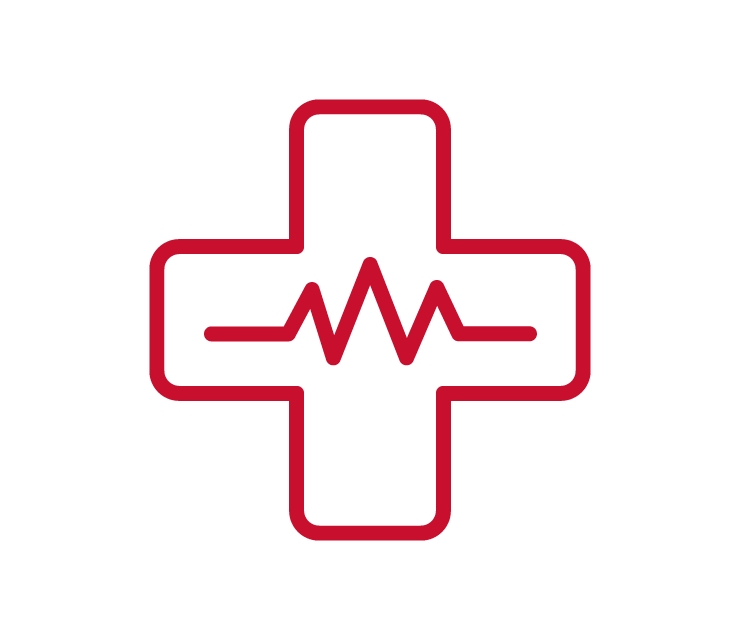

The MyHeart MyLife program is here to help you learn how to look after your heart health. Below are our seven top tips to focus on to keep your heart healthy.

Understanding your heart condition and how your heart works can help you take control of your health. Feeling unsure?

Your doctor (general practitioner/GP) is your initial point of contact for health concerns, ongoing check-ups and referrals. Seeing your doctor regularly can assist in managing your long-term health. They can help you to understand and manage your blood pressure and cholesterol, fill new scripts for medicines you need, and support your emotional and mental health. Everyone is different, so speak to your doctor about how regularly you need to see them.

Taking heart medicines is an important part of your ongoing care. Even if you are feeling well, do not stop taking your medicines without speaking with your doctor first. Your medicines are there to reduce your risk of future heart problems and manage symptoms. Read more about medicines in Week 3, including tips and reminders.

Heart-healthy eating is not about 'good' and 'bad' foods, or following restrictive diets. It is about making small changes that you can continue long term. A heart-healthy eating pattern is based on a combination of foods, chosen regularly over time. This includes vegetables, fruit, wholegrains, healthy proteins and fats, and limited salt. Download the printable eating well to protect your heart brochure.

Keeping physically active is important for your heart and overall health. It will help you get back to your normal activities, reduce the risk of future heart problems and improve your mood. Always speak to your doctor or other healthcare professional before starting or increasing your physical activity levels. Read more about physical activity in Week 4.

Reach out to friends, family or other loved ones to assist you with your heart health. Being connected is important for your heart and your general health.
You can also join the MyHeart MyLife Facebook community, where you can connect with others who understand what you're going through.

Reduce your risk of another heart event by keeping your blood pressure, cholesterol and blood sugar levels within a healthy range. If you smoke or vape, it is important that you start your journey to quitting. Remember, there is a lot of support available to help you. Set goals to manage your risk factors in Week 2.
Last updated01 September 2025
Last reviewed03 June 2024